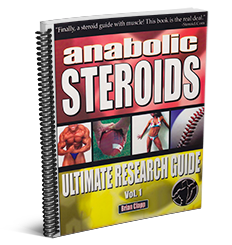im sure this topic has been beaten pretty good, but i havnt seen one in awhile so ill post a little on it.
this is all based off of my own personal opinion, i work with organic produce and some protiens everyday so i have a little experiance with them. i've come to these conclusions through tasting and conversation with fellow cooks and chefs.
im going to break it down into different groups and describe what i notice about organic over non-organic produce and proteins.
fruits i think out of all the catergories ill list this one has the biggest different in flavor and texture between organic and non-organic. organic produce is more intensly flavored
- the best peaches and oranges i've ever had were organic. if you can find cara-cara or valencia organes get them, the best varieties i've ever tasted.
- As far as melons go, i havnt really noticed a difference. its very hit or miss no matter what. we will get good ones some days and bland ones other days.
- organic bananas are the way to go for sure, another big difference
Vegetables this doesnt have quite as big a difference as fruits but some vegetables do.
-tomatos have the biggest difference in this catergory. the stuff you buy in the store have nothing on farmers market or hierloom tomatos. if you can, get them local and fresh. look for heirloom or san marzono tomatos
-spinach tastes a little better organic than non-organic.
-organic arugala has a very peppery bite, almost like your eating straight pepper...not my favorite, so i prefer non-organic.
- carrots also are a hit or miss like melons. havnt noticed any difference between organic or non-organic.
-everything else i havnt noticed too much of a difference.
starches this includes potatos and grains. no real difference at all. but some quality products come from Anson mills out of columbia SC.
land animals this includes cows, lamb pork etc. a good majority of organic animals are grass feed. im not sure but there might be some organic corn feed.
-i find that grass feed beef is less flavorful than corn feed. many quality farms will finish
- quality pork farms will finish their live stock on nuts or certain feed which is supposed to change the flavor off the meat. i havnt noticed too much of a difference, but there is a different succulance when finish on nuts.
- lamb can be pretty gamey depending on which farm it comes from. i havnt been able to sample any organic lamb so i cant comment too much on it.
fish/shellfish the best fish i have is wild caught. there is a big difference between farm raised salmon and wild caught salmon, same with trout.
-i guess you could consider all shellfish are wild considering they dont feed them, although they do farm them. more research is needed on my part.
avian i have only had organic chicken in this category unfortunatley, so i cant elaborate further on it. but the organic chicken had a better taste than the non-organic.
* although i find certain types of protien to taste better non-organic than organic i still buy the organic. i support responsible farming and care for the product.
*good farming practices= good food
* i support local farms and try to buy and use as much local produce at home and at the restaurant i work at.
*all this takes into account cooking the product properly.
*if you havnt check out the documentry FOOD.INC do it, pretty informitive. although i still am skeptical about some parts.





 Reply With Quote
Reply With Quote

